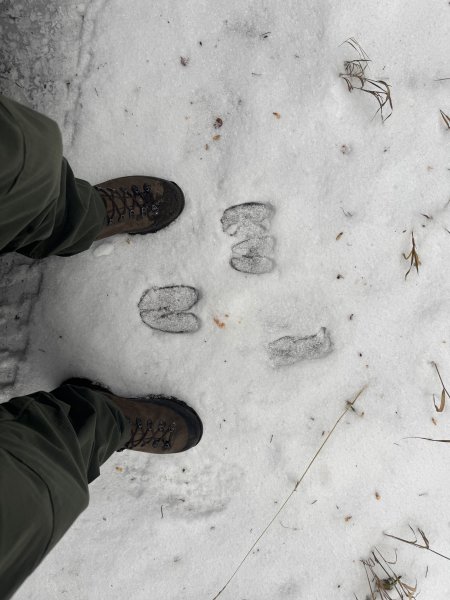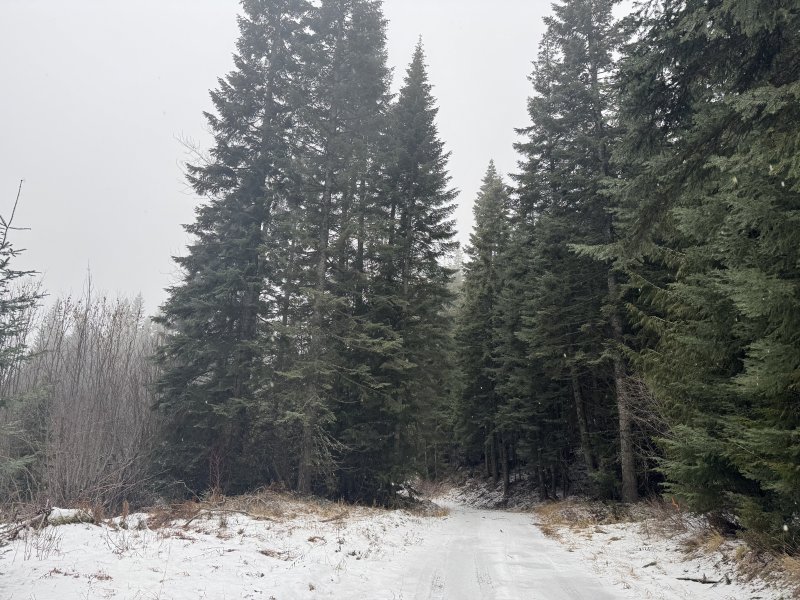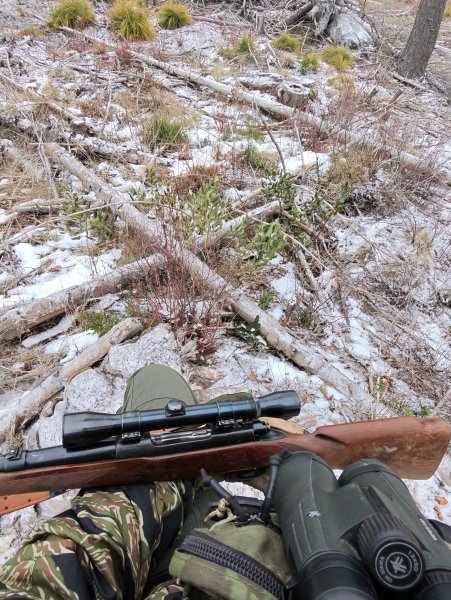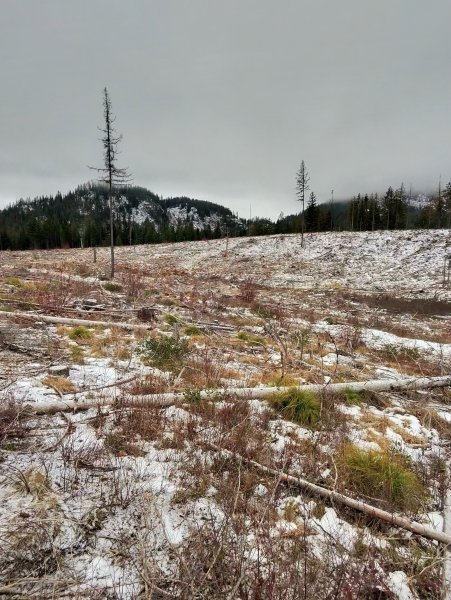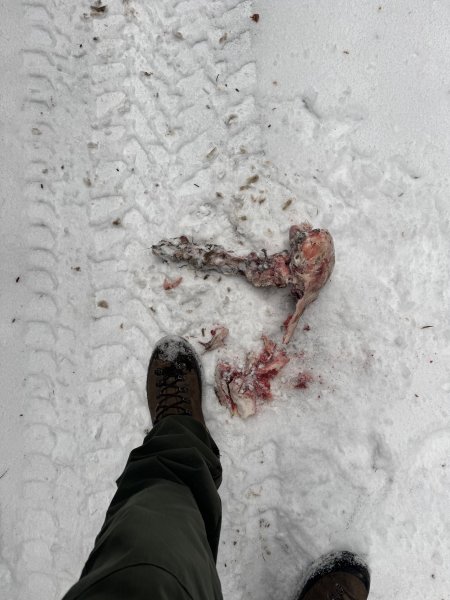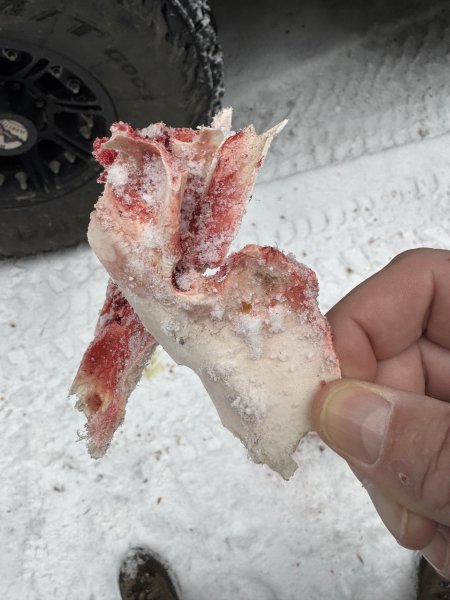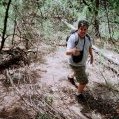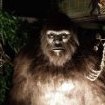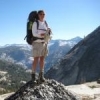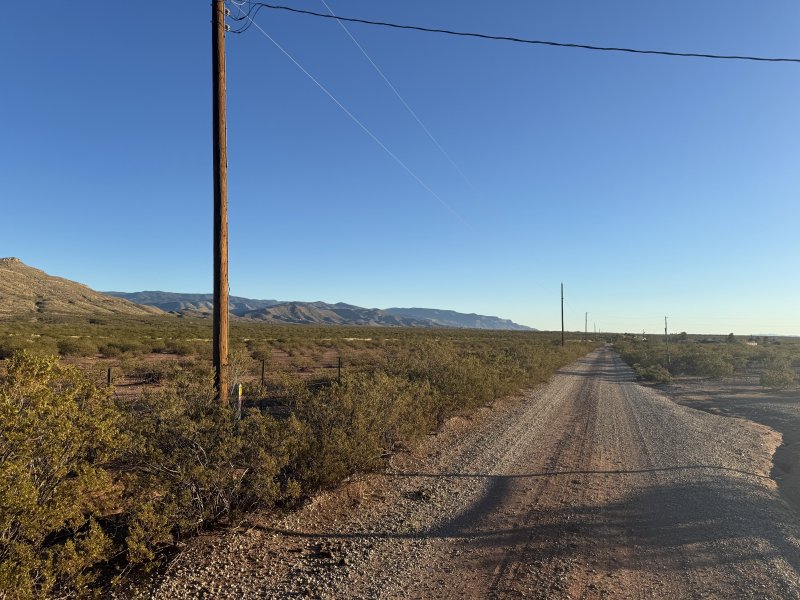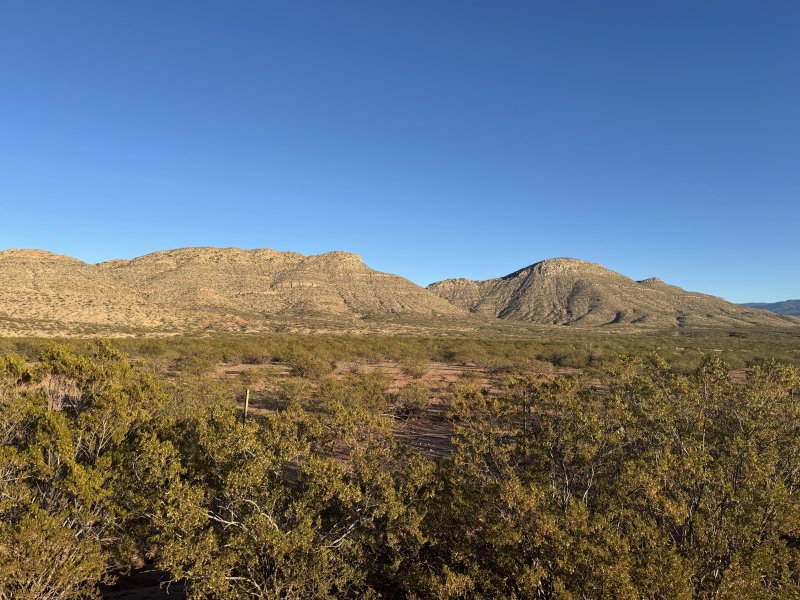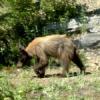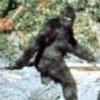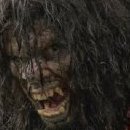Leaderboard
Popular Content
Showing content with the highest reputation since 11/27/2025 in all areas
-
This thought about tracks and encountering other critters .. I still think the most likely to be dangerous is other humans. There are a lot of good people out there. It only takes one problem person, though sometimes those travel in packs. Watch out around campgrounds and trailheads, they present a predatory person with an ideal opportunity .. people with their guard down, possibly few witnesses, and a ready way to escape / fade into the crowd (traffic). Maintain situational awareness .. ear buds out, cell phones pocketed / put away, hands free, and keys handy. You want to be able to walk to your car, open the door, throw in your pack, climb in, and drive away with no searching for keys etc while you are at your maximum exposure to risk. Probably all will be cool, but it is better to be over prepared than under prepared.5 points
-
Out again today up the Pack River. Cut deer and moose tracks. Hiked 2 miles into a clear cut. Did a few call sets. Nothing. The clouds rolled in early after noon. Pea soup. On the way out but still on National Forest I come around the corner and what appears to be a Wolf standing on the road. I grab the binos and look at it and it finally turns and it has a harness on.🙄 I never saw the owner. The chick in Montana that shows up to the bar with a skinned Husky was playing in my head.🤣 I got back on the main FS road and continued up river until I hit a mudslide that wiped the road out. A 4 wheeler with tracks had cut a trail out and had made it through. I had to turn around. But it did remind me to stop at the DMV in Idaho and buy my 2026 sticker for my Yamaha Grizzly on tracks. It’s getting to the point that I need to be taking it to reach the good spots. My birthday gift of the Ray Ban smart glasses is working out well. I can just take a picture with a button on the frame instead of digging for my cell phone. And I think the picture quality looks good. What do you guys think?4 points
-
Looks like 37 members voted. Top 5 1) Latest Bigfoot News 2) Researcher Discussions 3) Researcher Media 4) PGF Discussion 5) Historical Archive Library If you combine 2 and 3? You can see that researchers are truly our most valuable resource on this forum! 👏🏻👏🏻👏🏻 Thank you to all of our “boots on the ground” members who share their findings, pictures, audio, etc! I also want to thank Trogluddite for expanding the Historical Archive! 👍4 points
-
From a pure story telling perspective? I like Bob Gymlan. His real name is Bryan Gagne, stage name of Bob Gymlan. The illustrations are what does it for me. Compelling stories well told. Not strictly BF related, of course, but entertaining nonetheless. Some of the others will just relay any zany story that some troll or prankster sends in, zero vetting, which turns me off immediately to the rest of their content. Other than that, there's a hundred small channels with no subscribers who go out and film in the woods, same or not they put time in. Western New York Bigfoot is an example. Just a guy going into the woods.3 points
-
3 points
-
Yes, at least at times. I'm not too concerned when I'm in my "research area" or in other parts of this general area. I know I'm watched, followed, occasionally on the losing end of what seem to be practical jokes / pranks. I think if I were in danger there I'd have turned up missing long ago. They're only there when safe food is plentiful. Other places I'd be more calculatingly cautious at least until I learned the vibe / ground rules of the place. I don't care for finding cougar or bear tracks in my tracks when I return. That puts my hackles up much more than BF does. And now we have wolves in increasing number / increasing distribution, some that have learned to overcome / ignore human hazing. Bigfoot is the least of those worries.3 points
-
I want to thank Forums management for the opportunity to expand the historical archives. I've had a Newspapers.com subscription for awhile but was using it for other reasons. I really didn't think of its use for Bigfoot-related research until I was fact-checking a book of historical sightings and I discovered more newspaper articles than I could possibly make use of. It would have been a shame just to stuff that research into a closet and force others to re-invent the wheel.3 points
-
3 points
-
Here is a video chronicling our investigation into an area that we recently located using report data and terrain analysis. There is some interesting stuff happening up there and we will be going back and monitoring the lower elevation edges throughout the winter.3 points
-
2 points
-
Ugh! ::wiping egg off face:: His today-posted video details his latest venture, with Todd Standing and in the first five minutes espousing mind-speak, portals, and Paulides' new movie (being discussed in another active thread.) Reassessing.2 points
-
He has bitten the Melba Ketchum lure, hook line and sinker. Thats where the “fallen angel” stuff comes from. I think you all know what I think of Ketchums work. Your mileage may vary.2 points
-
Wolf hunt today in north Idaho. Not much of a winter thus far. We have actually lost snow pack with the Atmospheric River that has flooded much of the PacNW. Saw one Moose today. Saw a-lot of Moose tracks. I went up a dead end road and on the way out discovered I had ran over a kill. Must have been covered in a thin crust of snow. I am guessing its a yearling Moose calf? Maybe a Deer or even a Elk calf. Something had been crunching on the bones and after inspection I found a short black hair on one of the bones. So I kept it and its in the freezer. I am not saying its anything Bigfoot related. But Moose calves, Elk and Deer tend to be a brown color. I thought it was worthy of collecting. If Bigfoot eats ungulates? Surely some evidence will be found on a kill site. If anyone wants the sample? Let me know. In other news I ate it on ice today. The Winchester model 70 hit the ground. Gonna have to check zero. My elbows feel like hamburger. This big thaw has made everything in the mountains a polished sheet of ice. I stepped off the bank after glassing a clear cut and thought the road was snowy. About a 1/4 inch was and underneath was polished glass. Must have looked like a baby Moose on roller skates. Ouch.2 points
-
Yah my cousins are flooding in Sedro Wooley! Blue sky is nice! Been a good visit with my daughters family.2 points
-
Envious. What is that blue patch above the mountain? Other than a shower a week ago that barely got the asphalt wet, we haven't seen rain in a long time, but we also have not seen the sun. Wake up to drippy fog, kinda burns off to thick white haze, returns to drippy fog, and gets dark. It gets old. Apparently we've got a pretty serious storm coming in Monday/Tuesday. In a way, I'm looking forward to the change, but I also remember "be careful what you wish for, you just might get it."2 points
-
2 points
-
2 points
-
Yeah, Bullwinkle can be very obstinate about his right-of-way. I encountered a very large-racked specimen in the Yahk watershed while elk hunting from my mountain bike on an abandoned logging RR. He kept plodding towards me, ignoring my hollering and whistling, until I had no choice but to turn around and ride away. Of course, moose were closed to hunting at the time.2 points
-
There are reports out of "woo-land" that are impossibly large for F&B. Bone structure wouldn't support the weight. Rather than say "liars", I'm going to say "I'm not sure what they saw, even if they perceived it as bigfoot." I would say that 14 foot range is about right. A witness described one giant BF that would occasionally visit her dad's property ducking under a branch they measured at 14 feet. That doesn't mean it HAD to duck, might have cleared, might not have, but it stooped slightly when it went under. I watched her interact with a group of other bigfooters. I began thinking she was just a "groupie" wanting to fit in. After 4-5 days in the field, I came away thinking she was the only one of the bunch that was legit, the rest were slightly delusional. I'm inclined to go with her report. The first one I saw .. I don't think was 14 but I think it was some amount over 10 because BFs have legs shorter, relative to torso length, than ours, and it was crotch deep in water that hit me right at chin level .. 4.5 to 5 feet deep. The math simply requires it to be over 10 feet, possibly nearer 12. If that is the one that left the tracks I saw 2 years earlier, it leaves 24-1/2 inch tracks. When I talked to Henner Fahrenbach a few years later he said the biggest tracks in BFRO's "library" that weren't debunked were 27 inches. So .. math, not concrete evidence, but again, backing into that same answer. One of the Canadian guys, I think either Dahinden or Green, mentioned having some initial doubts about the authenticity of the Nor Cal (Bluff Creek, etc) tracks because the shape was different than what they were used to researching in Canada. Those northern tracks, they wrote, were comparitively longer and narrower, and had the slightest hint of curve .. but not an arch! .. rather than the very broad shape of the nor cal style tracks. What they describe for tracks matches what I found. I wonder if what I saw, and the tracks I saw, weren't from a long distance traveler rather than a resident. That said .. unproven. Should be considered but also should be taken with a substantial grain of salt. We are still in discovery, not in study.2 points
-
1 point
-
10 votes. Not much of a sampling. What little time I have for watching videos, I go with The Facts By How To Hunt. Like the no nonsense delivery and word for word reading of other folks experiences.1 point
-
I too believe in UFOs due to personal experiences that I only share with the closest of friends. I don't think they are here to help us or guide us to a new enlightened path. If they are, they got a real odd way of showing their benevolence. That being said, if one does spot UFOs around Bigfoot or vice-versa, why do the Squatches have to be assumed to be in cahoots or paranormal? What if the Squatches themselves are abductees? The Grays take us and experiment on us against our will. They mutilate cattle and other livestock. When a UFO is seen over water or coming out of the ocean, whose to say they aren't mucking about with the whales or dolphins? Since Sasquatches are supposedly close to our genetic makeup, I'm guessinf they would be interesting subject for those big eyed bastards to work on.1 point
-
I think this is most likely right. The only logical reason Wally Hersom didn't have Ketchum prosecuted for fraud is that he was on the same page. I think what she actually found completely refuted her preferred theory and between them, they decided to deliberately tank the "study" rather than present something absolutely disproving their intended result. In other words, rather than prove the Bible by proving nephilim via bigfoot, they found something else. They found a non-spiritual, F&B thing, no "angel DNA" (yes, she DID use those words). MIB1 point
-
Where Paulides loses me is at the idea of “fallen angels”. He doesn’t define this term, and seems to rely on the reader/listener to bring their IYKYK sensibilities to the discussion. As someone raised in the Episcopal, and later on, the Presbyterian (USA) church, I am well acquainted with the concept, but he is pretty much on the fundamentalist dog-whistle track with that. But…to attach much credibility to the whole idea requires a belief in the inerrancy of scripture, especially Old Testament writings. I don’t have too much faith in the Bible being mostly more than an assemblage of allegorical oral traditions…selectively edited by those paying for the work (Looking at you, Emperor Constantine). How the whole idea of angelic transgressors is relevant to solving the problem is left unsaid. It smacks of superstition to me, and is a typically Western solution to explain anything outside of man’s rational experience. If we are relying on Jesus to explain Bigfoot to us at the Rapture, I for one find this less than satisfying. Not wanting to move the discussion too far down this path, as faith is a very sensitive topic to delve into, but do any have opinions to help illuminate what exactly Paulides feels, and Carpenter felt, and how this is at all relevant or useful?1 point
-
I kept forgetting to come back here and vote. Going by the reasons as stated, mine would be, 1) Researcher Expedition Media (pictures, etc. 2) Researcher Discussions 3) PGF Discussions I'd say my favorite section is the 'Film, Video, Photos, Audio'. I like to see pics and videos of possible evidence. Even if not all are genuine, it's still good to see or listen to what's out there and gets posted on here.1 point
-
I'm partial to Cabin in the Woods. And a close second is Hellbent Holler.1 point
-
Voted for A Flash of Beauty, their work is amazing. Bigfoot Crossroads, Bigfoot Society, Wood Walkerz for interesting witness reports and general listening, others for more specific geographical or methodical interest.1 point
-
1 point
-
1 point
-
1 point
-
Yosemite Search and Rescue has issued a breakdown and description of all of its responses for the year 2024. Granted, they are not a law enforcement agency but at least we get a better idea of what is going on in the park and why. For the record, I do not buy any of Paulides' "Yosemite Cluster" hypothesis at all. Yosemite Search and Rescue 2024 rescue, death numbers released1 point
-
That article from Seattle Magazine about the man kidnapped by a Sasquatch….happened in 1961. I think these incidents must have occurred countless times and are at least partly responsible for unsolved disappearances. I’ve wondered if Sasquatch swoops from trees and scoops up hikers and hunters etc. After a close call with a mountain lion in a tree, I was very careful to check trees for lurking cats , or bears. And that’s when I discovered rock stacks in a tree and subsequent trips I observed the rock stacks changed arrangements and also rock types. It did make me uneasy and after creepy experiences, I quit going there. And one of the reasons was the realization that Sasquatch could ****** people off the ground , even though I had never heard of it, just seeing those rock stack changes prompted me to think of Sasquatches in trees … Really fascinating account of Sasquatches using fire and living in a network of caves and what seemed to be like a Sasquatch village.1 point
-
1 point
-
After Ostman and Ape Canyon, before PGF. A little known event in Washington. Seattle Magazine_ Our Last Monster.pdf1 point
-
I would agree that if you have sasquatches around, the bears are probably not. It's funny that the most famous nighttime sasquatch terror stories are the kidnappings of Albert Ostman and Muchalat Harry, both of which occurred in the 1920's........also when the Ape Canyon cabin attack occurred. No (or little known) kidnappings since. A sasquatch kidnapping might still beat a bear mauling while wrapped up in a tent...........1 point
-
Nah, HOAX!! There's a secret society of hoaxers that go around and plant bigfoot tracks so that unsuspecting hikers/snowplow operators/etc. will find them. Others in their group run around in Bigfoot costumes, anytime, anywhere. Sorry. Just feeling snippy this morning and need more coffee. In fact, I felt so snippy that I forgot to hit "Submit Reply" and will have to drink twice the usual coffee tomorrow morning....1 point
-
If you look at the mind experiment of how many calories a Sasquatch needs per day to survive? And then take into account that the known large omnivore (bear) in North America hibernates during winter? Then I think it stands to reason that interior Sasquatch must migrate to the coasts in order to find enough food to survive. The only other option is that they stockpile food in the summer months and hole up in winter. Maybe only taking limited treks to water or a hunting foray. If they are active during winter in snowy conditions that activity would be easily detectable. A human hunter gatherer walks 7-9 miles per day. That’s at least 12,000 steps or footprints. Times that by however many members there are in the group? It would be impossible to miss. Along with signs of stripping bark or digging roots or killing game.1 point
-
The paranormal woo aspect is quite disappointing. It is my opinion that these are excuses for no proof of the creatures existence. Better time could be spent procuring a body on a slab instead of being explained by Science fiction. This only makes the case that the creatures probably don't exist in any form. Ufos by definition are certainly real. Are they manned by extraterrestrials,probably not.1 point
-
So when the debate gets too hot for you? You name call and threaten to leave. You wouldn’t have lasted five minutes on here when I joined so long ago. If you leave that’s your choice.1 point
-
And how do you know he is more interested in learning than selling things? Do you see your own double standard being applied now? You do this often. This guy finds Bigfoot stick structures in Colorado every 50 feet and is to be believed. But this guy writes books and is a con artist. You know what I believe in? I believe in PROOF. And it’s been my experience that people who get involved in the WOO? Are the ones willing to give up on providing PROOF. It’s a crutch. A cop out. We followed the Bigfoot tracks and then they just disappeared. Well did a 800 lbs primate suddenly levitate into the air? Or did you just lose the trail? If Bigfoot is self aware? (Great apes are as well) It understands it’s leaving tracks. And it may well use counter tracking tactics against humans. No UFOs, portals or woo necessary. And finally Steve Isdahl is a hunter. Meldrum was a primate locomotion scientist. Nothing against hunters….. but come on. Everything we know about Bigfoot locomotion comes from Meldrum and Krantz. Isdahl reads stories sent to him from the public on a you tube channel. You believe whom ever you want to believe.1 point
-
This triggered a thought. We have had some discussion about "local circuits" ... not annual migration, but places where the bigfoots might cycle through an area, always moving, but coming past the same spots once a week, or every other week, etc so there is no daily concentration of activity but over a fairly short period of time, there are repetitions. This could considerably complicate understanding the report data in a particular location.1 point
-
I read missing 411 Western USA and Eastern USA saw some of his Missing 411 movies as well I'm starting to think he is more of a profit agent1 point
-
I think some are some aren't. In my area we see indications of both. My hunting / hiking / bigfooting buddy works some weekends on a ranch where there appears to a low level of year around activity. Likewise, where we hike, camp, fish, and where I do my main research, the activity is very very seasonal and can seemingly be followed leading up to presence there and after presence there ends. I would expect that in some areas with different conditions there would be a greater propensity towards year round occupation in some place and greater propensity towards only seasonal occupation .. ie migration. So I think you have to look at the specifics of a given location and answer for that location rather than trying to give a single answer that covers all situations, all locations. There is a hole in that as well, potentially, and that is that it is not just "my" spot that is active at that one time, there's a mountain chain over 1000 miles long and the activity peaks within a week in any given year the whole length of the dang thing so it is possible that rather than migration, what we're seeing is some quirky seasonal change of behavior. Or .. BOTH. Because, again, we do see activity to the north 4-6 weeks earlier and to the south 3-4 weeks later. It may be both migration and seasonal something peaks converging. The data is sparse and we have to be cautious about over-investing in specific interpretations which might not fit a fuller data set.1 point
-
1 point
-
Belated Happy Thanksgiving to all. Was on KP, eating, and cleanup duty all day yesterday.1 point
-
1 point
-
1 point
-
I am currently filming and editing some projects, I will be adding some of our catalog here for discussion in the near future.1 point
-
I got out for a solo run on Sunday afternoon to the Bear Creek watershed on the east side of Harrison Lake. The weather was mild and broken clouds, until I reached the summit of the east ridge of the valley, when the wind picked up and brought in cold showers. Of course, I didn't take any pictures on the way up, so all I captured was cloudy views of the lake, 4600' below. The only signs of wildlife were some deer tracks, bear scat, a few squirrels, and 1 skunk, but it was refreshing to get out in the mountains after a few weeks in town.1 point
-
Gigantor, thank you, especially when you helped me after I fell and was in ICU 11 nights, and 28 more in Rehab. You don't know how much you did. Norseman! Welcome to the helm! I know you will do a great, and grand job of guiding this bark through the choppy seas of Bigfootin.' Thank you for taking on the task. Regards, JHector1 point
This leaderboard is set to New York/GMT-05:00

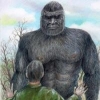



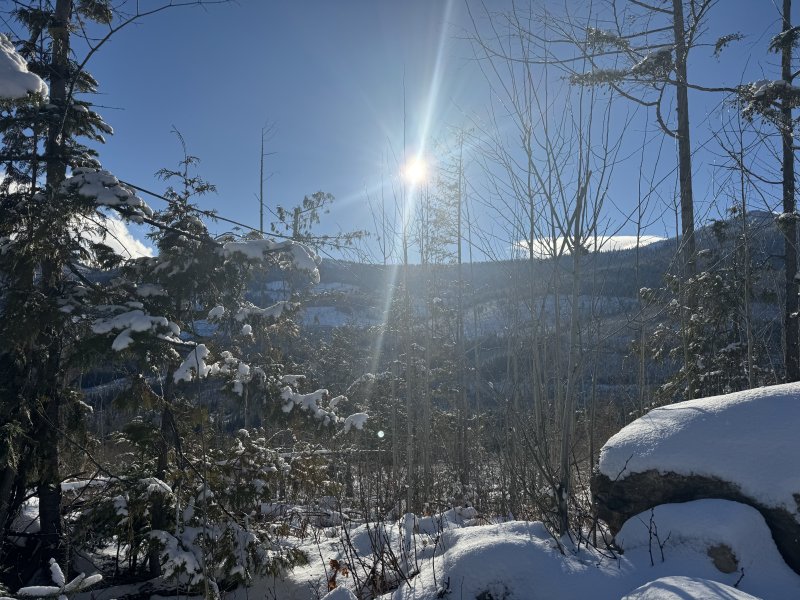
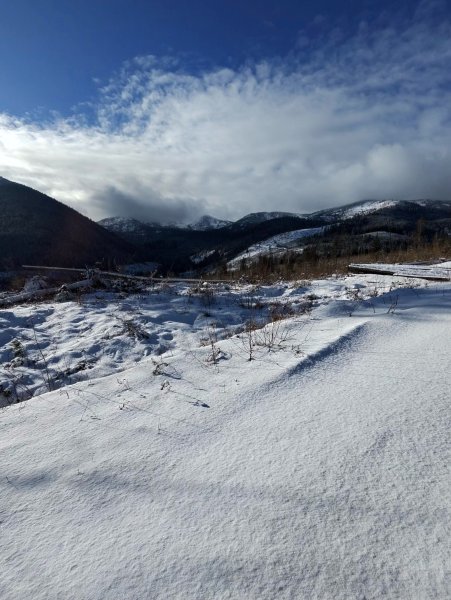
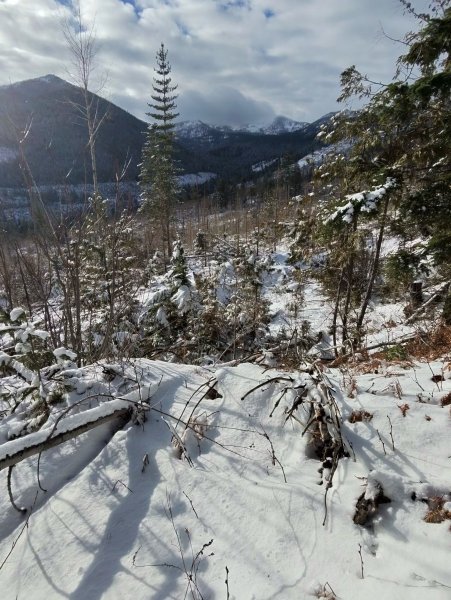
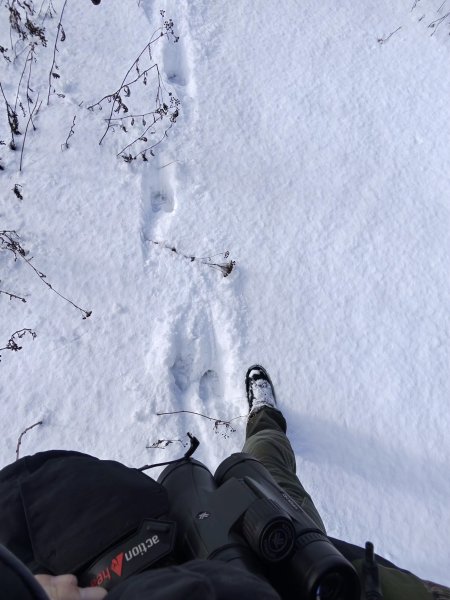
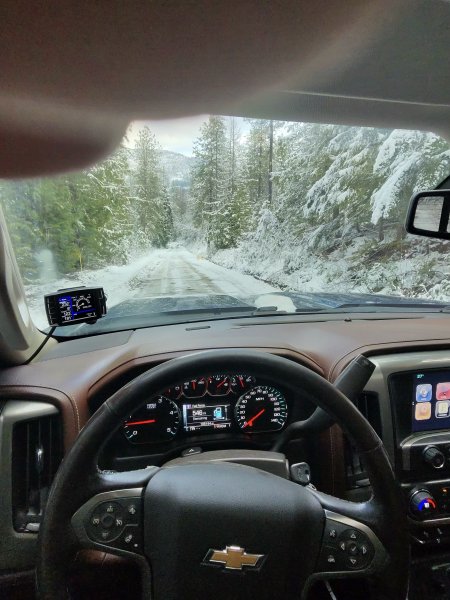
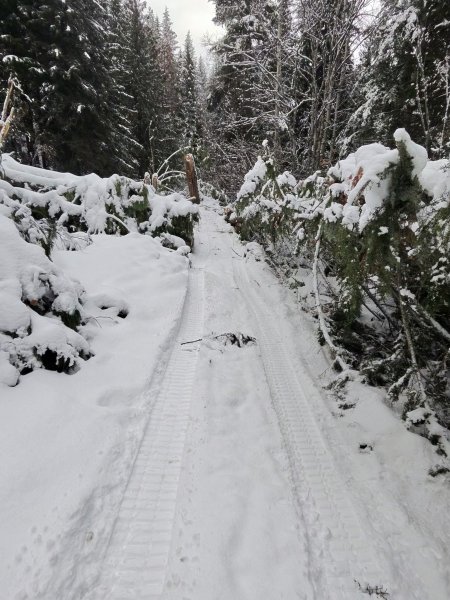
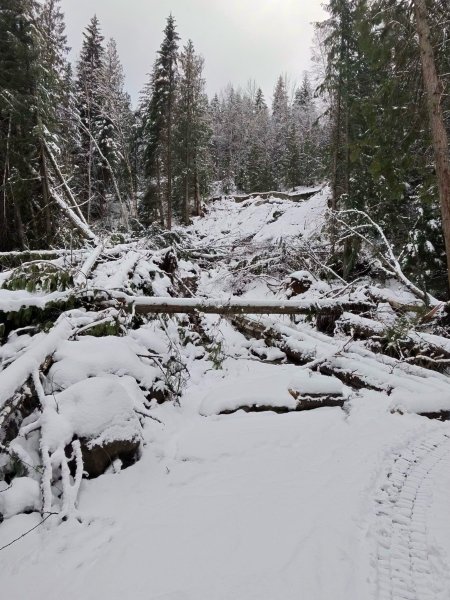
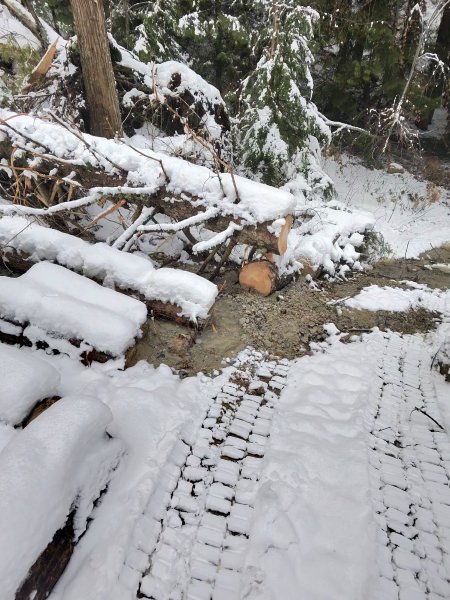

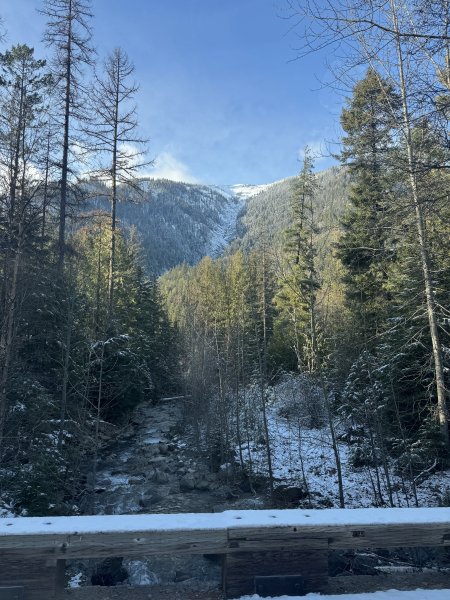
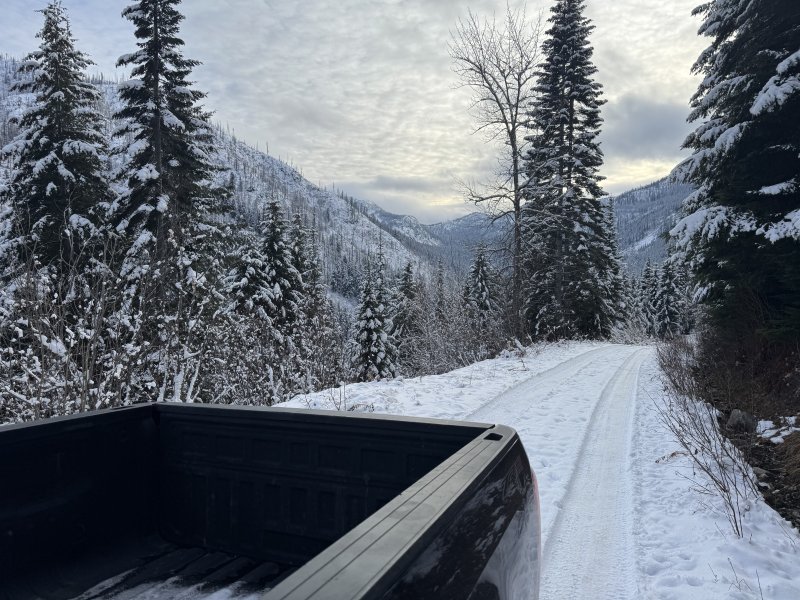
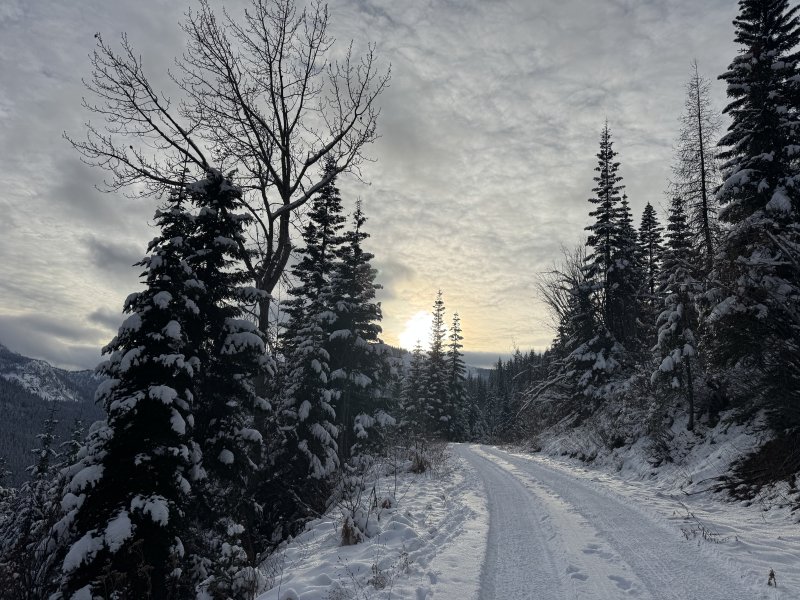
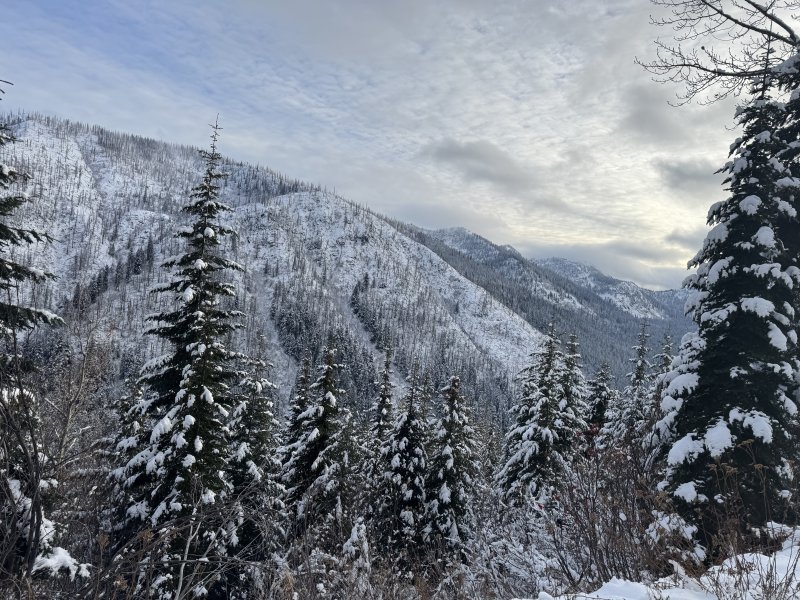
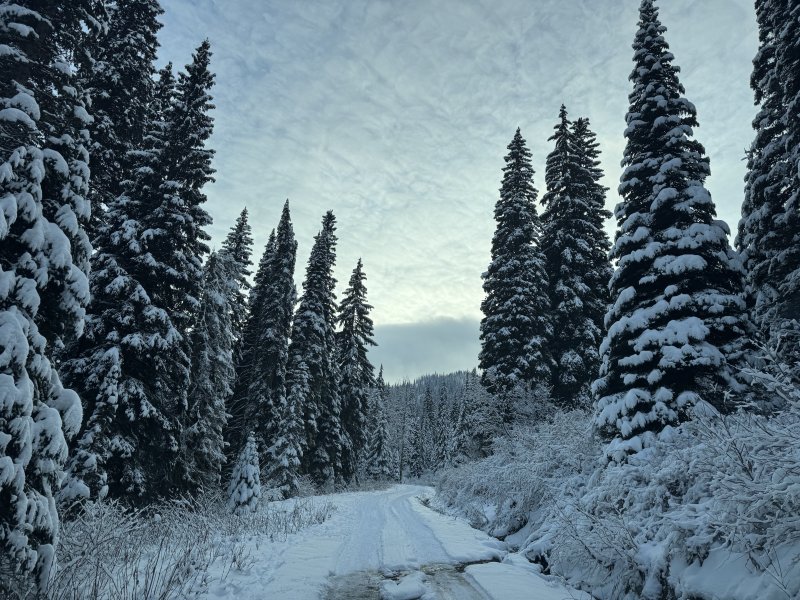
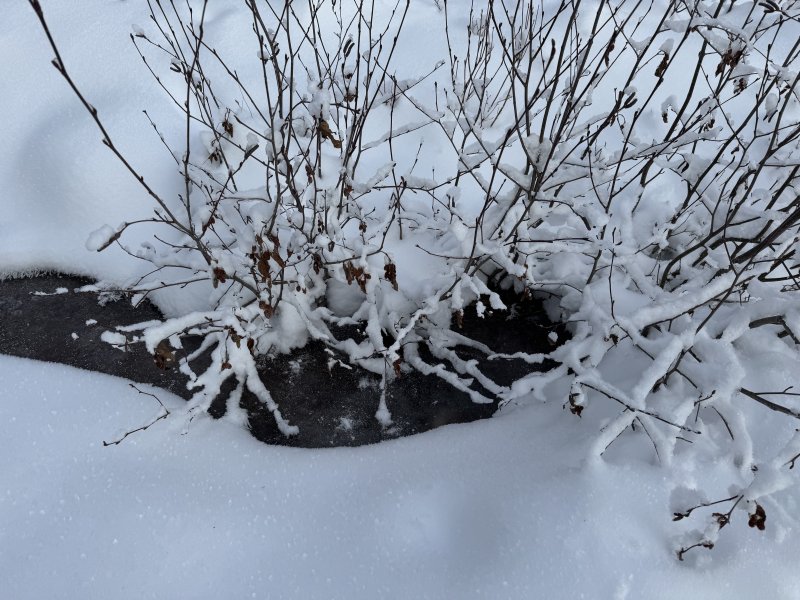
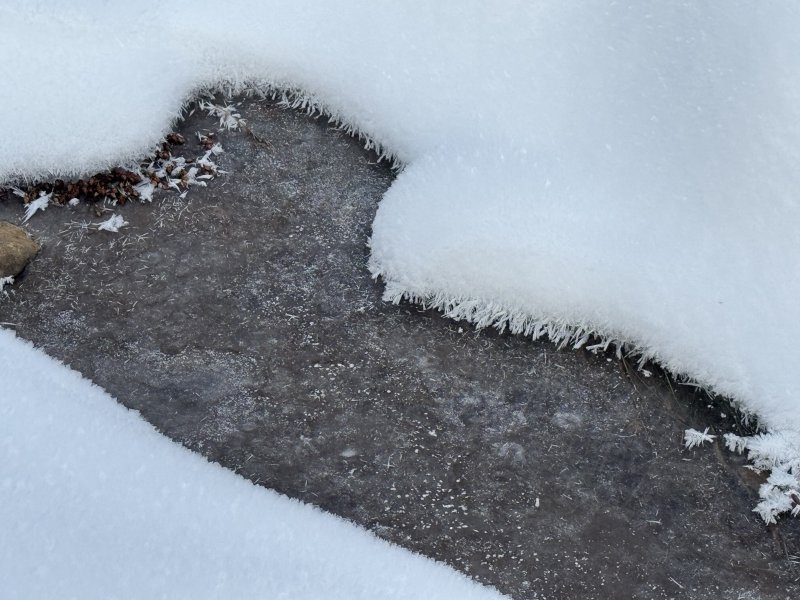
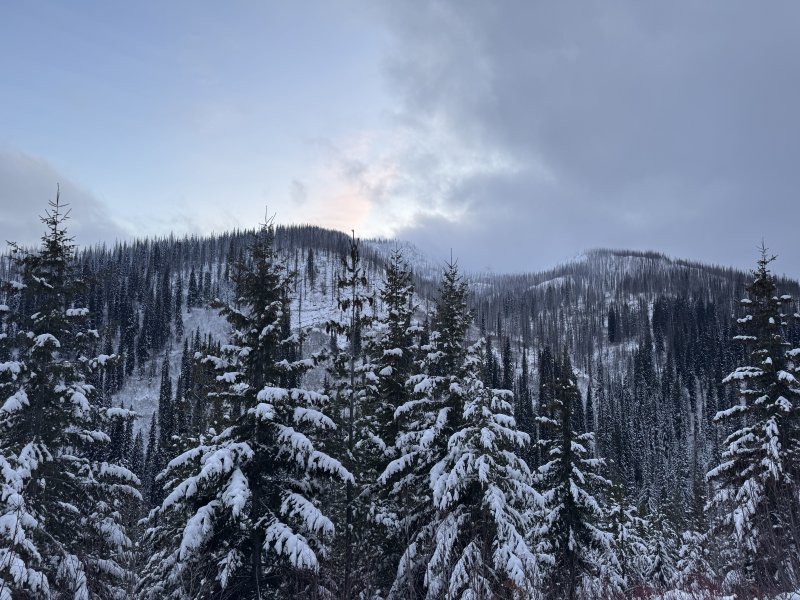
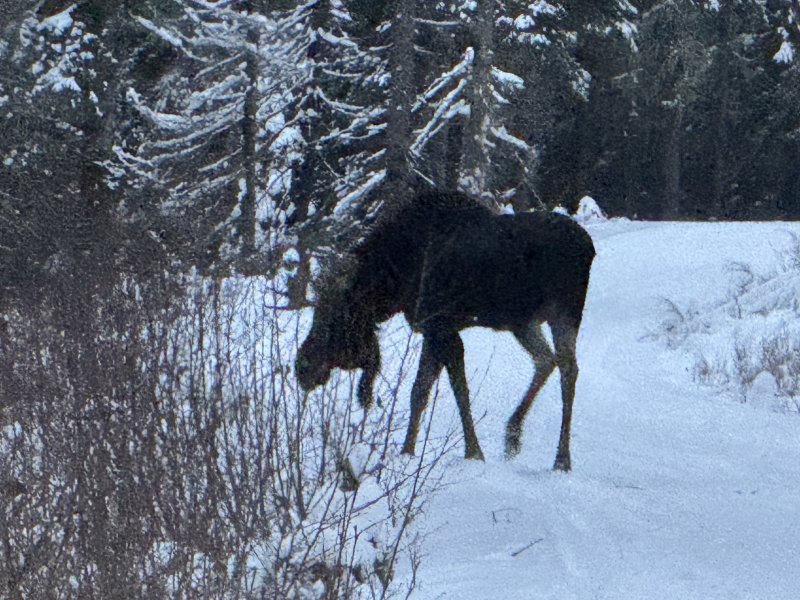
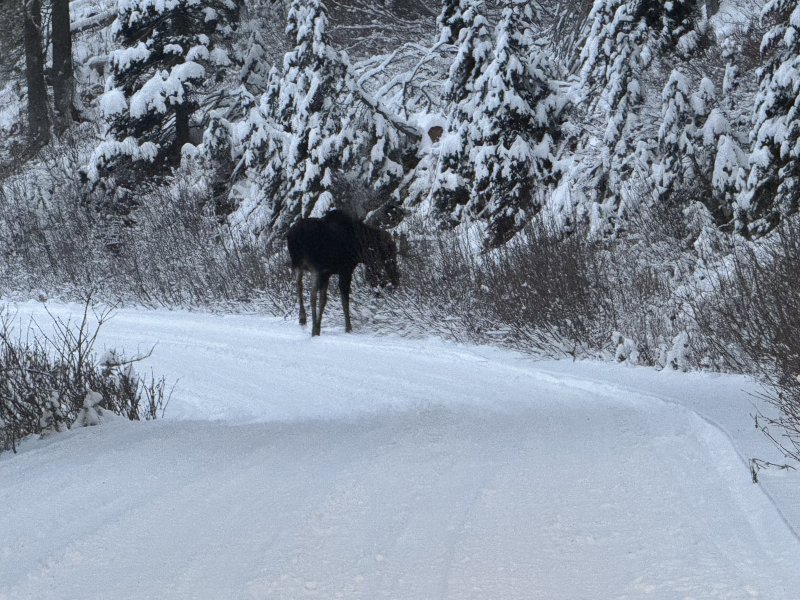
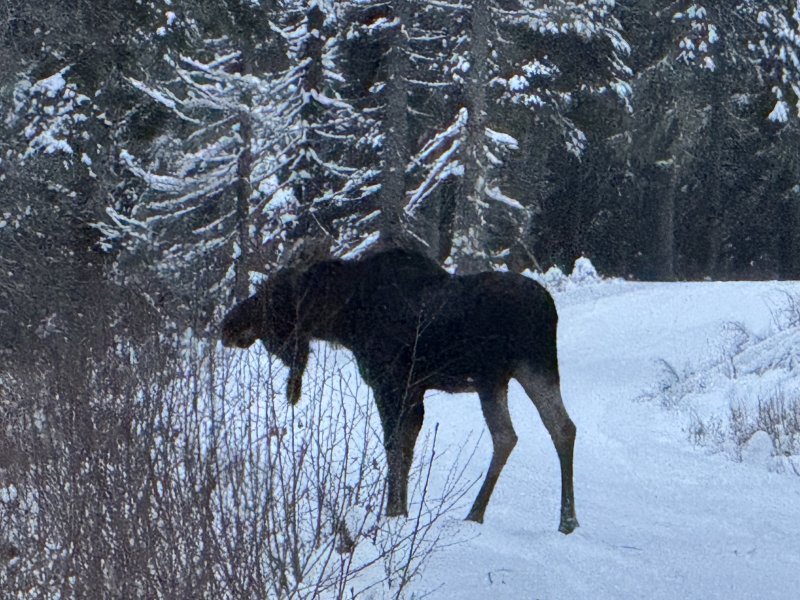
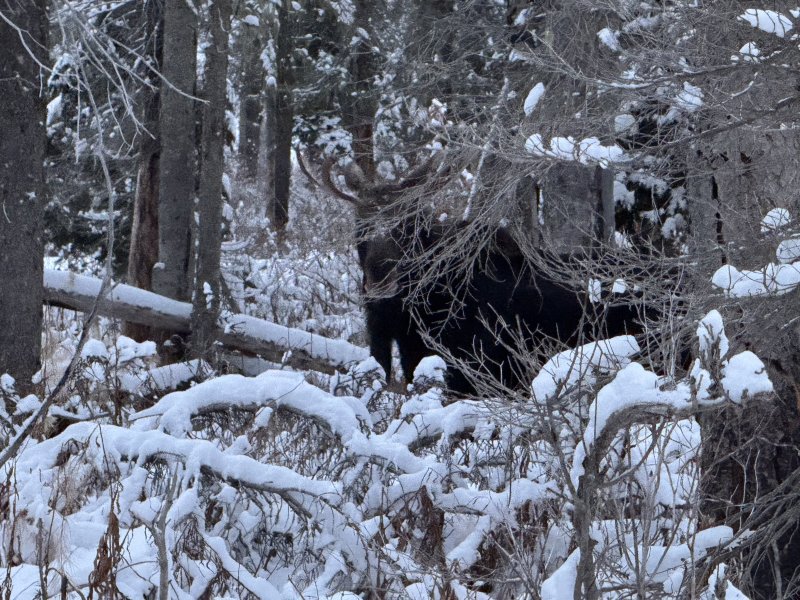
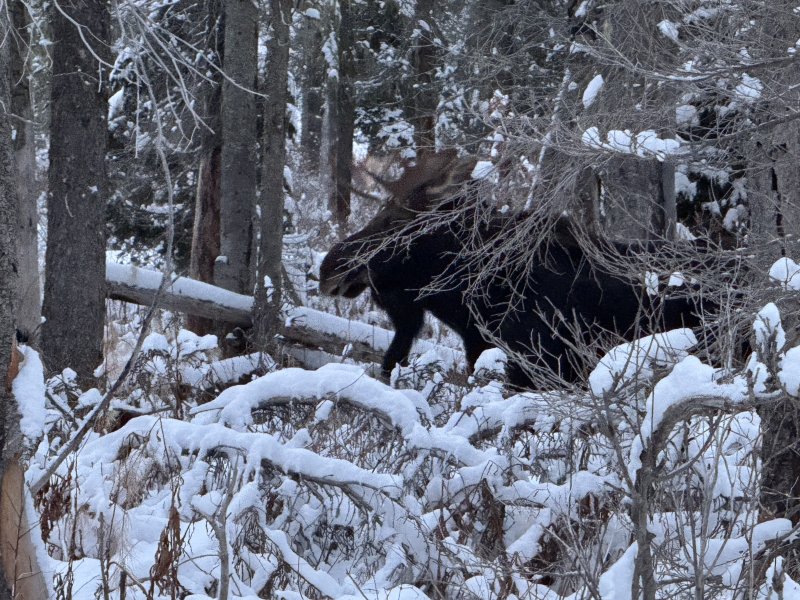


.thumb.jpg.e7c817c01b639b9e6bd3d21fa211f830.jpg)
